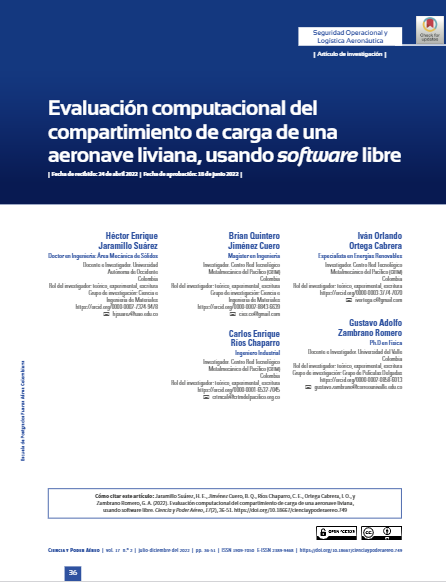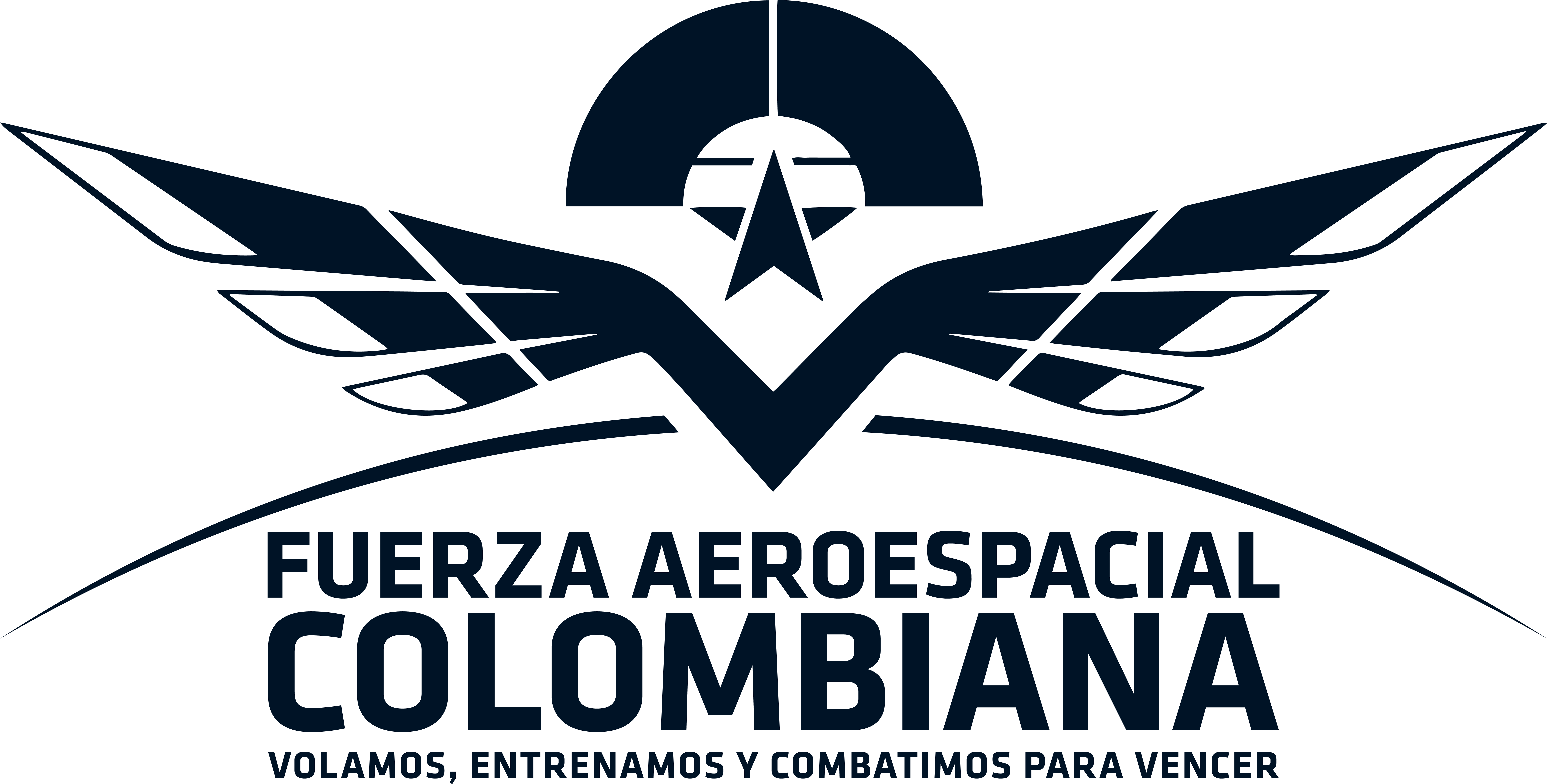Computational evaluation of the cargo compartment of a light aircraft, using free software
Evaluación computacional del compartimiento de carga de una aeronave liviana, usando software libre;
Avaliação computacional do compartimento de carga de uma aeronave leve, utilizando software gratuito

Author
Jaramillo Suárez, Héctor Enrique
Jiménez Cuero, Brian Quintero
Ortega Cabrera, Iván Orlando
Ríos Chaparro, Carlos Enrique
Zambrano Romero, Gustavo Adolfo
Metadata
Show full item recordCollections
Related items
Showing items related by title, author, creator and subject.
-
“BIOMEPRO” software for the conditioning of superficial emg signals and obtention of relevant parameters
Blanco, Robin; Cifuentes, Andrés; Plaza, Mauricio -
Software Structure: Integrated System of Air Operations
Arroyave Cardona, Sebastian; Lobo Zuluaga, Jaime Alejandro; Barragan De Los Rios, German Alberto; Urrea Quiroga, German; García Sepúlveda, Jorge Iván -
Development of a software prototype according to the “design thinking” methodology for the standardization of the non-aeronautical logistics process at the tactical level in the Colombian Air Force
Camargo Abril, Juan Carlos; Cruz Gonzále, Joan Paola; Castiblanco Jiménez, Ivonne Angélica

